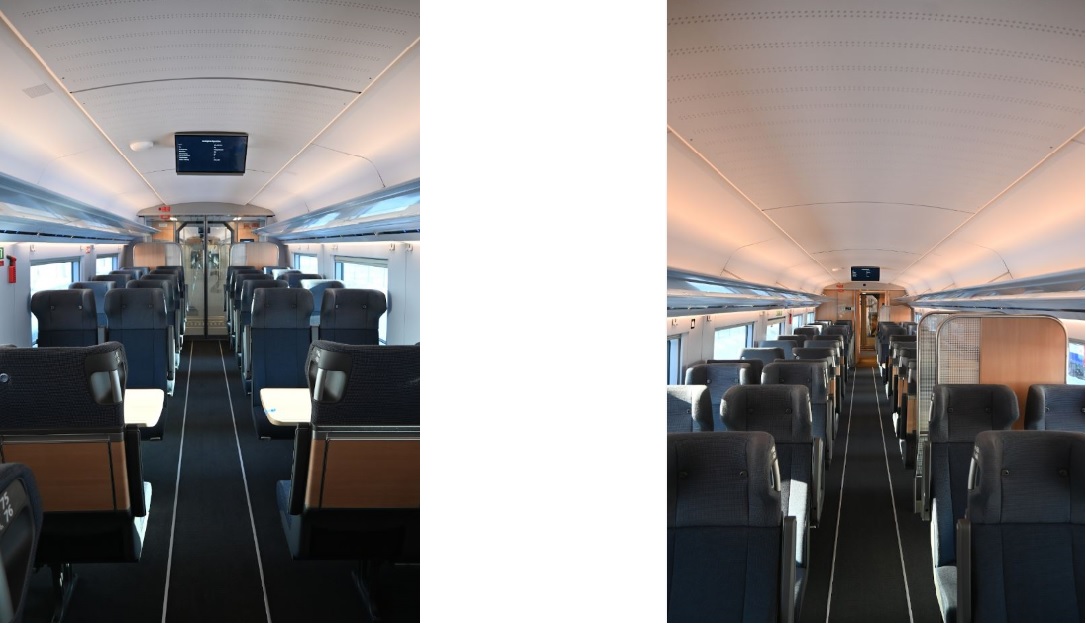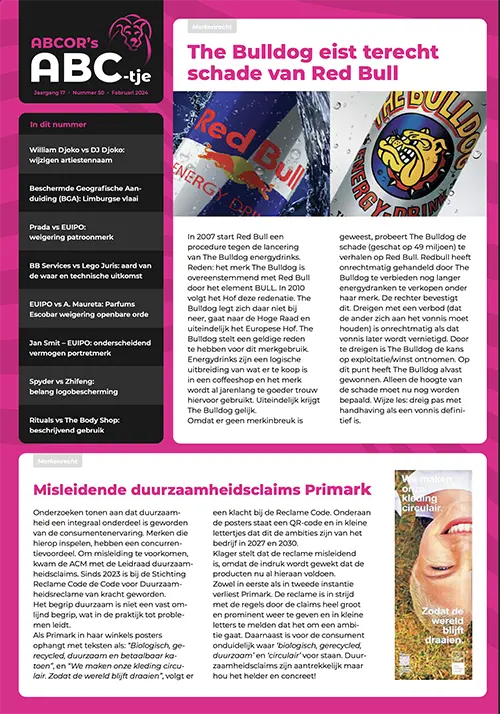The definition of a “design” and a “product” has been broadened. It now covers not just physical products but also digital designs—such as virtual objects in the metaverse, user interfaces, animations, and store layouts (also the interior of a train compartment). Even parts used for 3D printing a design are now considered a form of use. This means printing a protected design requires permission from the rights holder, making it easier to combat illegal copies. Additionally, the visibility requirement has been scrapped. Even if a part is not visible in the final product, it can still be protected (with the exception of components in composite products).
A new repair clause has also been introduced. No design protection is granted to replacement parts if the replacement must look exactly like the original. Furthermore, design holders can now oppose the transportation of counterfeit goods through the EU, even if the products are only passing through and are destined for a non-EU country. To indicate a product is a registered design, the (D) symbol can now be used.

